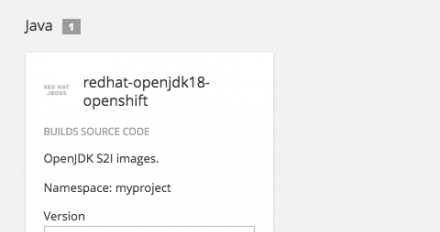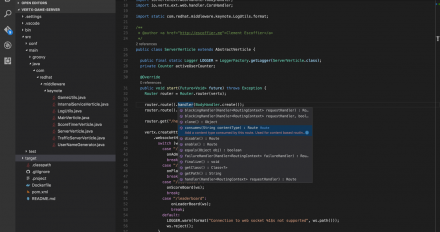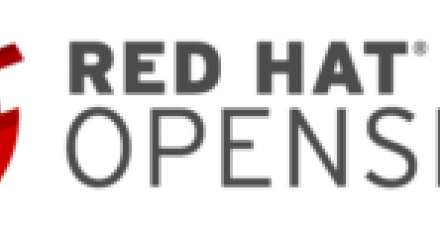
The CoolStore Microservices Example: DevOps and OpenShift


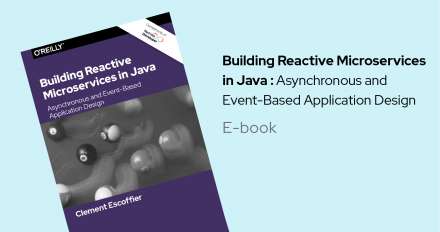
Want to get rid of your monolithic enterprise applications or not create new ones? Reactive design can help.

Let’s be honest: it’s pretty exciting that Infinispan now supports Java 8 for many reasons, but perhaps one of the most anticipated reasons is because of the new stream classes.




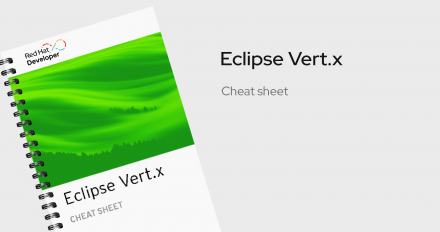
Eclipse Vert.x applications are fast, responsive, resilient and elastic. Here are step-by-step details to create them.
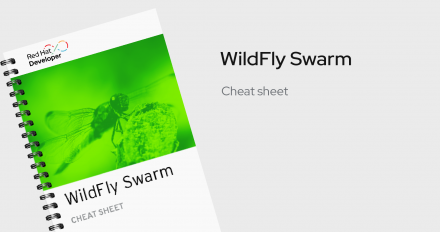
In this cheat sheet, learn how to develop a WildFly Swarm application, including how to customize the runtime and configure a WildFly Swarm application.
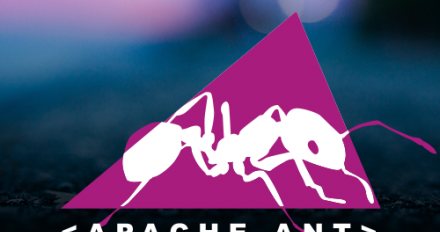
Start using Apache Ant with this quick and easy 5-step demo.


